MECHANICAL AND BIOLOGICAL TREATMENT
WASTE?
WE SOLVE IT!
The mechanical or mechanical biological treatment of municipal solid waste or household-type commercial waste is an essential part of the solid waste management cycle and the basis for the energetic utilisation and recycling of the generated material flows.
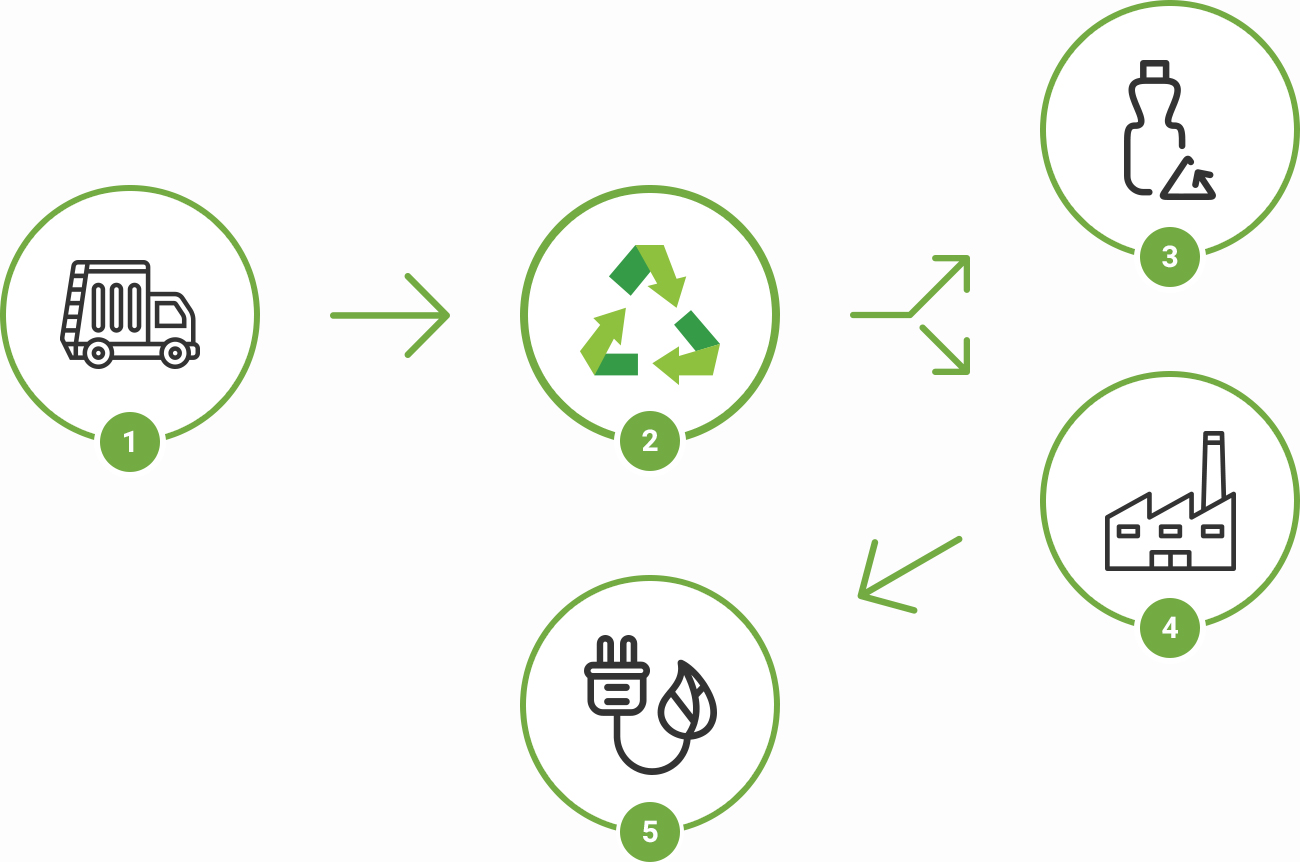
- Collection of waste
Worldwide there are various collection systems in operation having a great influence on the waste composition, subsequently on the process technology and the material flows generated. - WASTE TREATMENT
For mechanical and mechanical-biological waste treatment Waste Tec GmbH offers various concepts to produce secondary fuels and recyclables from waste. - Return of recyclable materials to the economic cycle
With our highly efficient waste treatment plants we are able to separate recyclables from the waste stream and return them to the material cycle. - Energetic utilization
For the energetic utilization non-recycable combustible materials are transferred into a secondary fuel (SRF) - Waste to Energy
In industrial thermal processes the generated secondary fuel can replace primary sources of raw materials such as coal, oil or gas. This helps to conserve fossil energy resources, save landfill space and reduce greenhouse gas emissions.
Depending on the waste composition and the end product requirements various process steps can be combined.
Mechanical Treatment
With a solely mechanical treatment technology, relatively dry waste can be separated into the requested materials. The amount of material to be landfilled drops significantly.
Waste delivery and pre-treatment: The waste supplied to the plant is stored in a flat or deep bunker. Depending on the requirements, pre-shredders, bag openers, metal separators and screening machines are used. This process turns the waste into a convayable separable mixture for it’s best possible further processing.
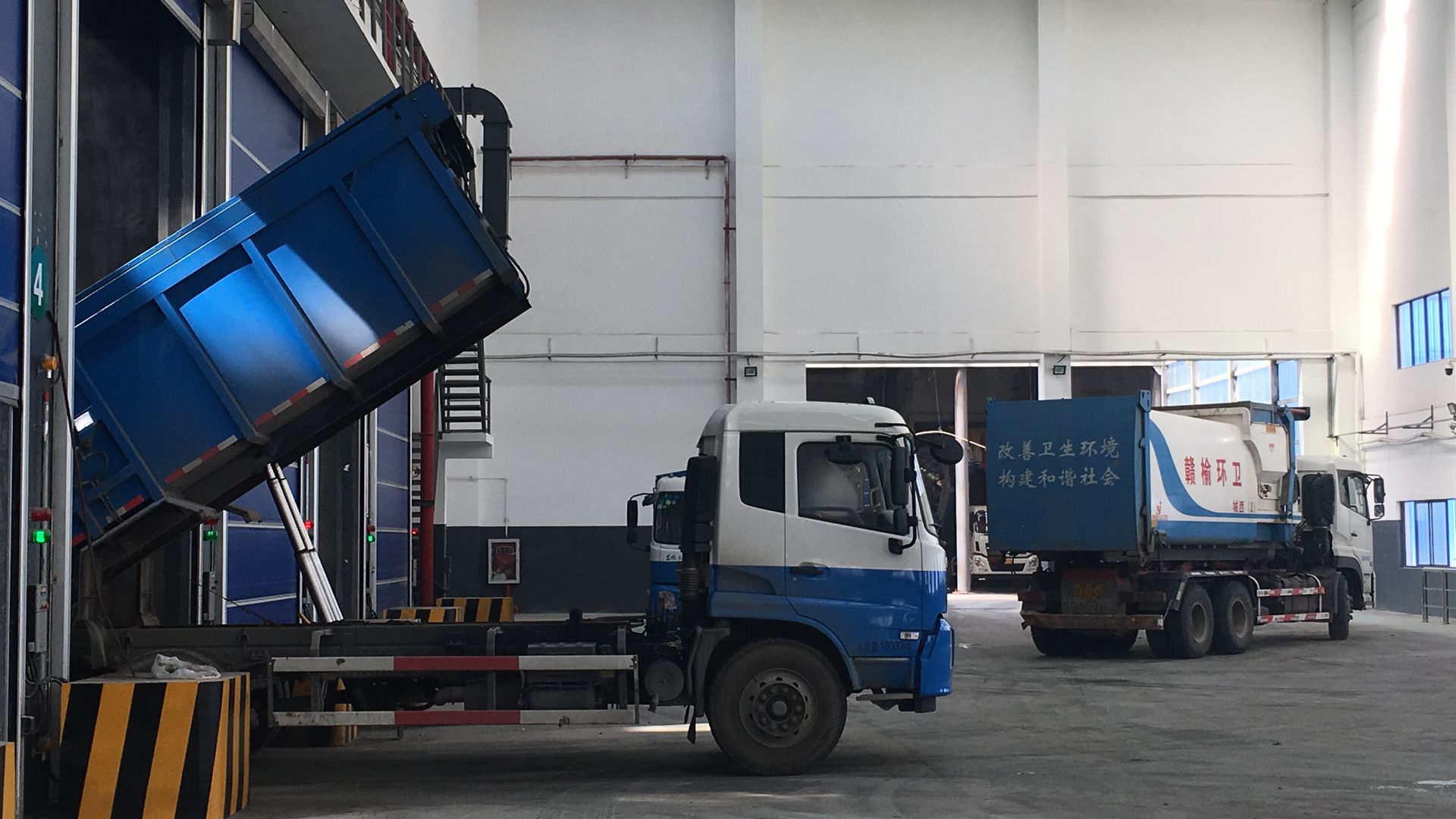
Recycling is added value: By using separators and optical sorting systems, recyclable materials such as PET bottles, plastic hollow bodies, metals as well as paper and cardboard can be recovered from the waste. Our treatment technology makes a valuable contribution to conservation of resources in times of dwindling raw materials. With the Waste Tec technology, the screened out organic rich fraction can get composted or dried and turned into a secondary fuel in further process steps. Depending on the local regulations this fraction can also be landfilled.
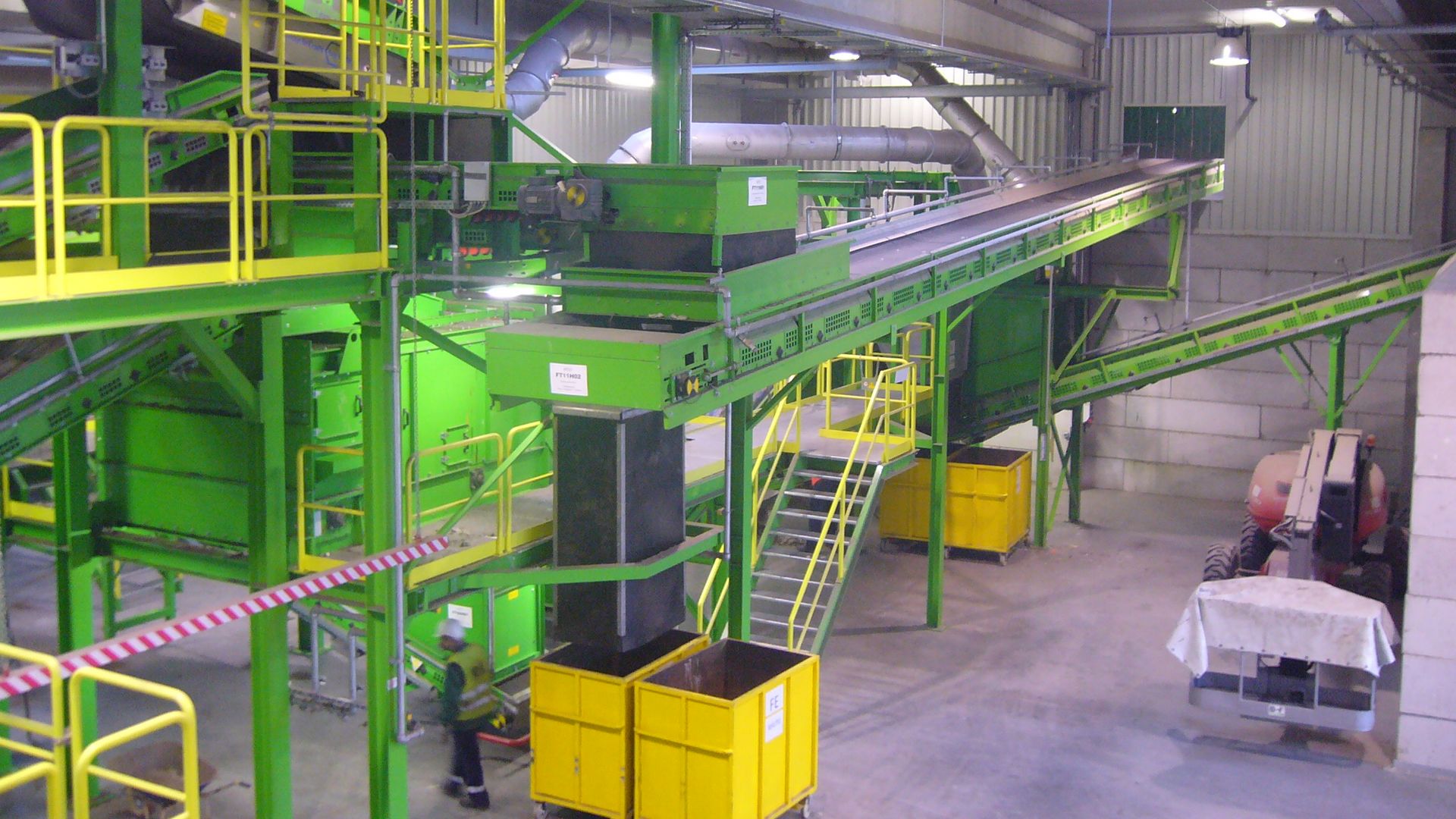
From waste to energy The coarse fraction remaining after sorting is processed into a secondary fuel by further metal separation, screening and re-shredding. The secondary fuel contributes to the reduction of greenhouse gas emissions by replacing fossil fuels in cement and power plants. The treatment concept depends on the requirements on particle size, calorific value and permissible amount of impurities in the secondary fuel.
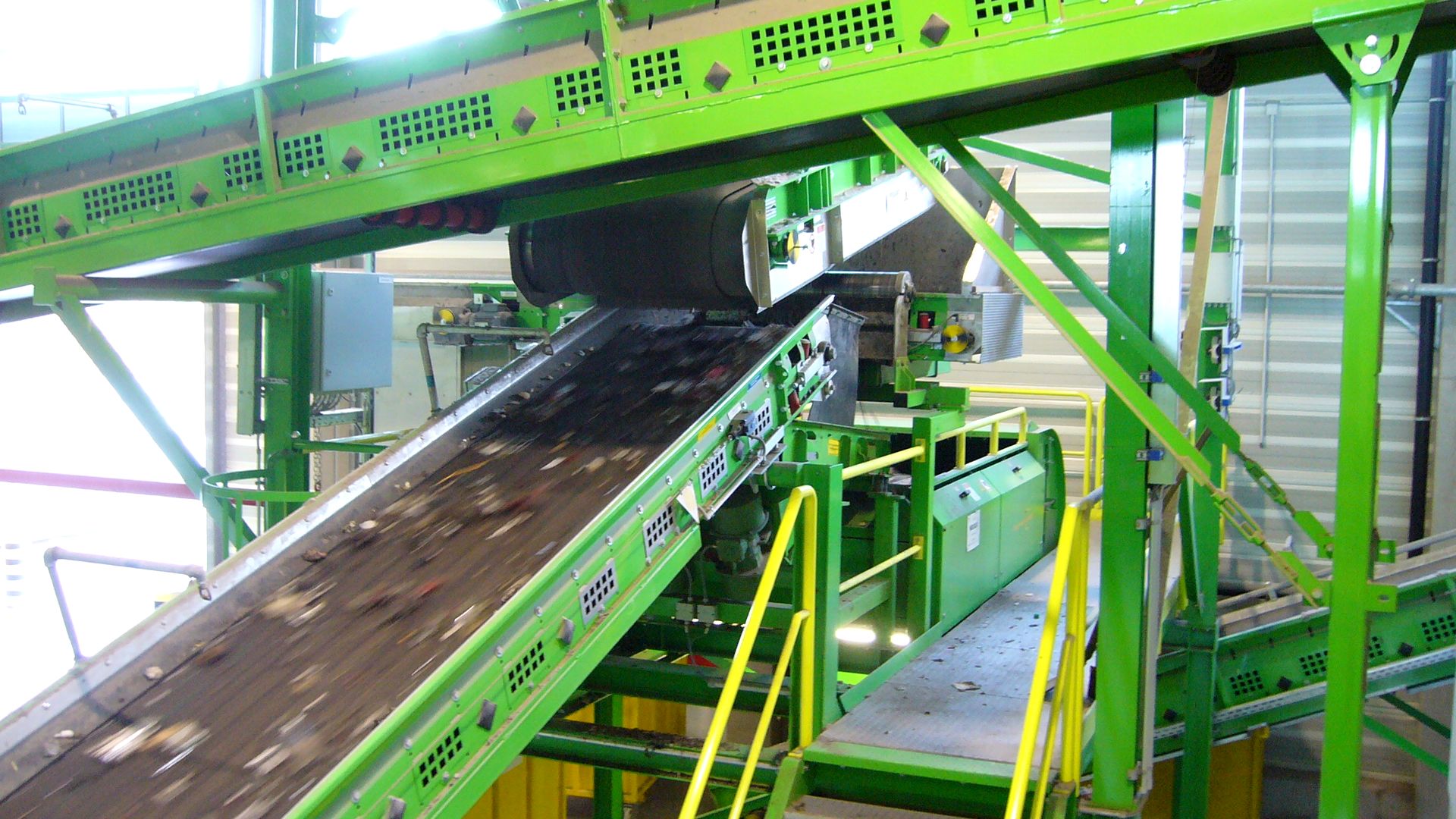
Advantages of the mechnical treatment:
- Conservation of resources by recovering recyclable materials e.g. plastics, metals, paper and cardboard etc.
- Production of secondary fuel for energy recovery
- Reduction of the material flow to be landfilled
Mechanical Biological Treatment
In the biological drying the moisture content of the waste is reduced, so that the downstream mechanical sorting can be carried out very efficient and a high quality of the output materials is achieved.
Delivery and pretreatment: Different storage systems, like flat or deep bunkers, receive the waste delivered. Via crane or wheel loader the waste is conveyed to the pre-shredder. The waste is shredded according to the requirements of the downstream biological drying.
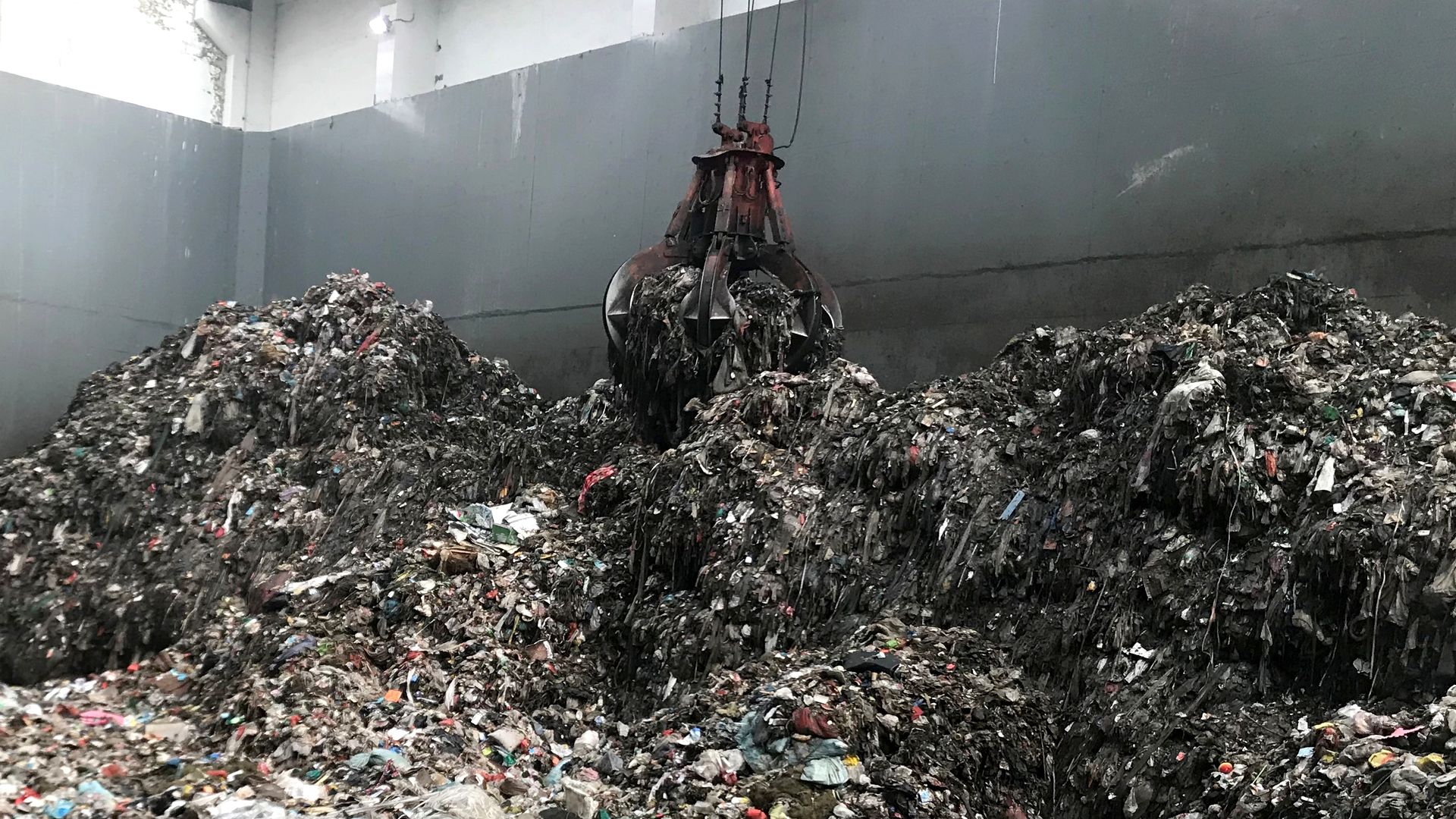
Recycling is added value: By using separators and optical sorting systems, recyclable materials such as PET bottles, plastic hollow bodies, metals as well as paper and cardboard can be recovered from the waste. Our treatment technology makes a valuable contribution to conservation of resources in times of dwindling raw materials. The screened out organic rich fraction and the remaining coarse fraction are conveyed to the biological treatment as a mixture.
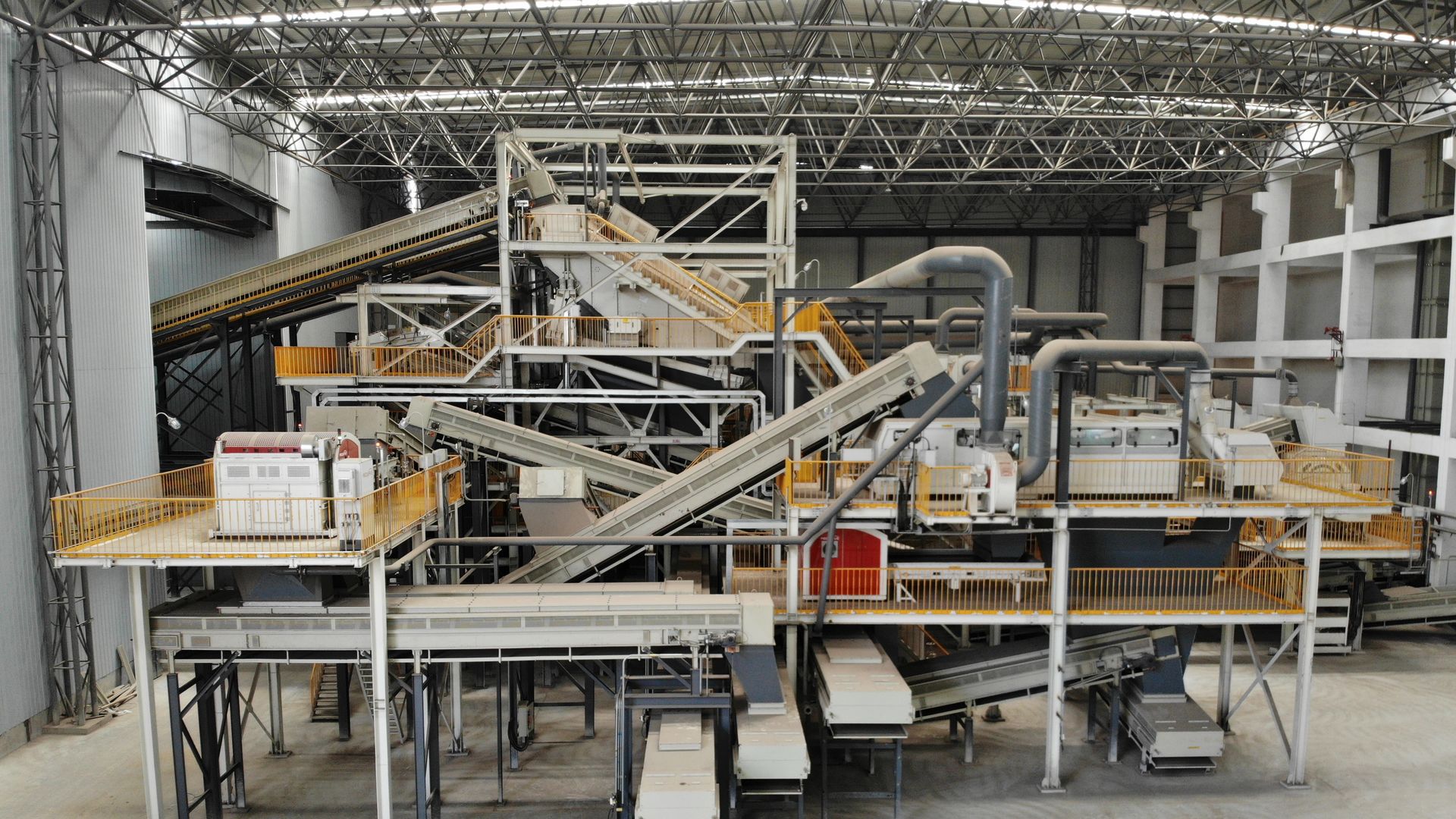
Biological drying: The biological drying is executed in fully automatic or manually loaded drying tunnels (crane or wheel loader). Depending on the initial moisture content the aerobic, forced-air-ventilated process can be used to dry the organic containing waste to the required moisture content within 4 – 10 days . Regardless of seasonal variations in the waste composition our automated process control and process parameters adjustable by the operator ensure a consistently high drying result. A low-emission operation is ensured by the closed design of the drying tunnels and the consistent discharge of the exhaust air to exhaust air cleaning systems.
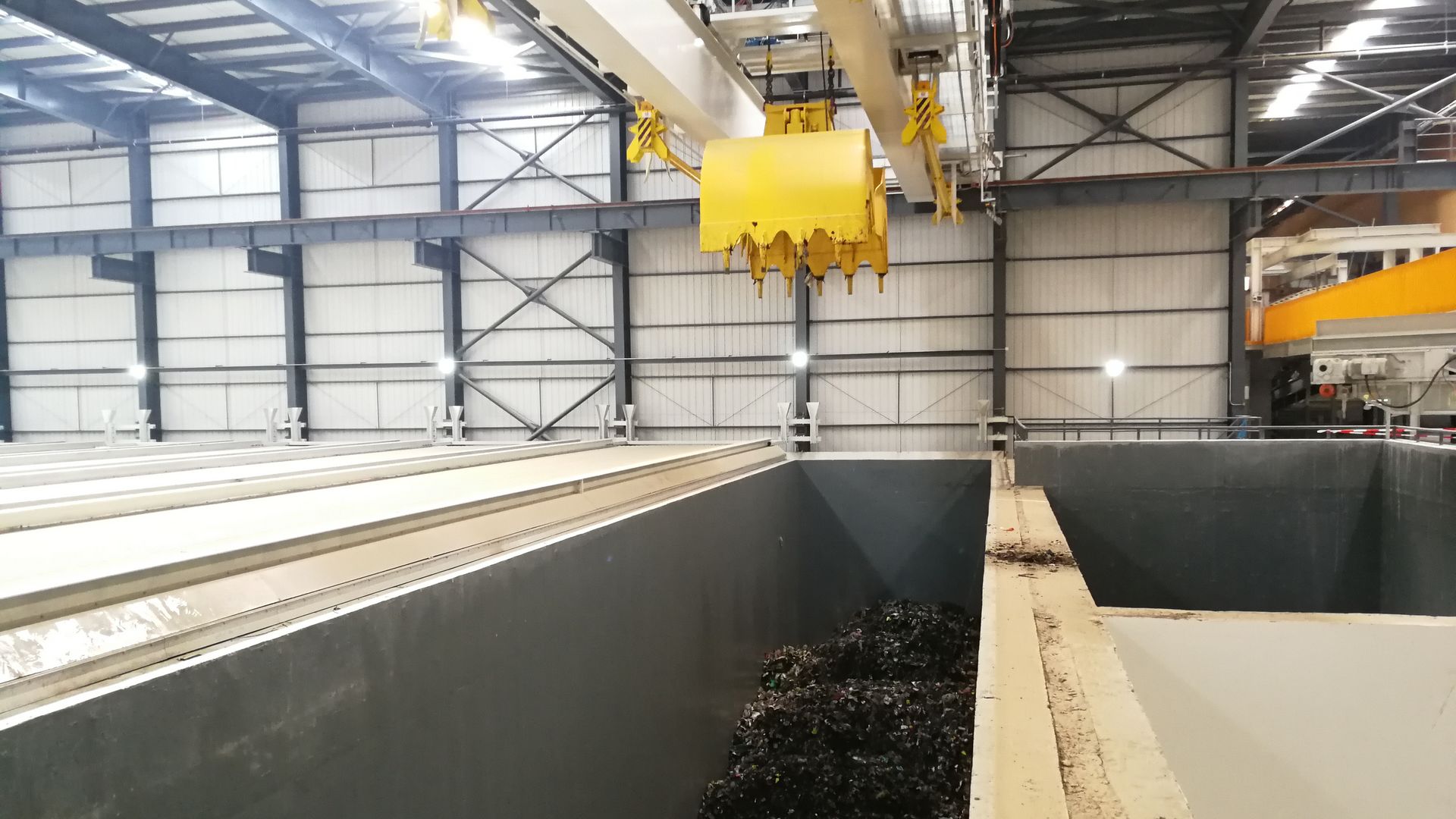
From waste to energy: In a multi-stage process the dried waste is screened, classified, separated from metal and non-combustible particles and shredded to the required particle size. Optical sorters recover remaining combustible material from the non-combustible material flow and increase the amount of secondary fuel. Depending on the waste composition, up to 55% of the incoming waste is turned into a secondary fuel. Because of the low moisture content, the high homogenity, the very low content of impurities and a content of renewable raw materials of up to 65% the secondary fuel produced is a high quality substitute for fossil fuels. By processing the waste into a secondary fuel, the calorific value is doubled. Under the framework of the emissions trading act consumers of the secondary fuel, e.g. cement and power plants can benefit from this and reduce their CO2 emissions accordingly.
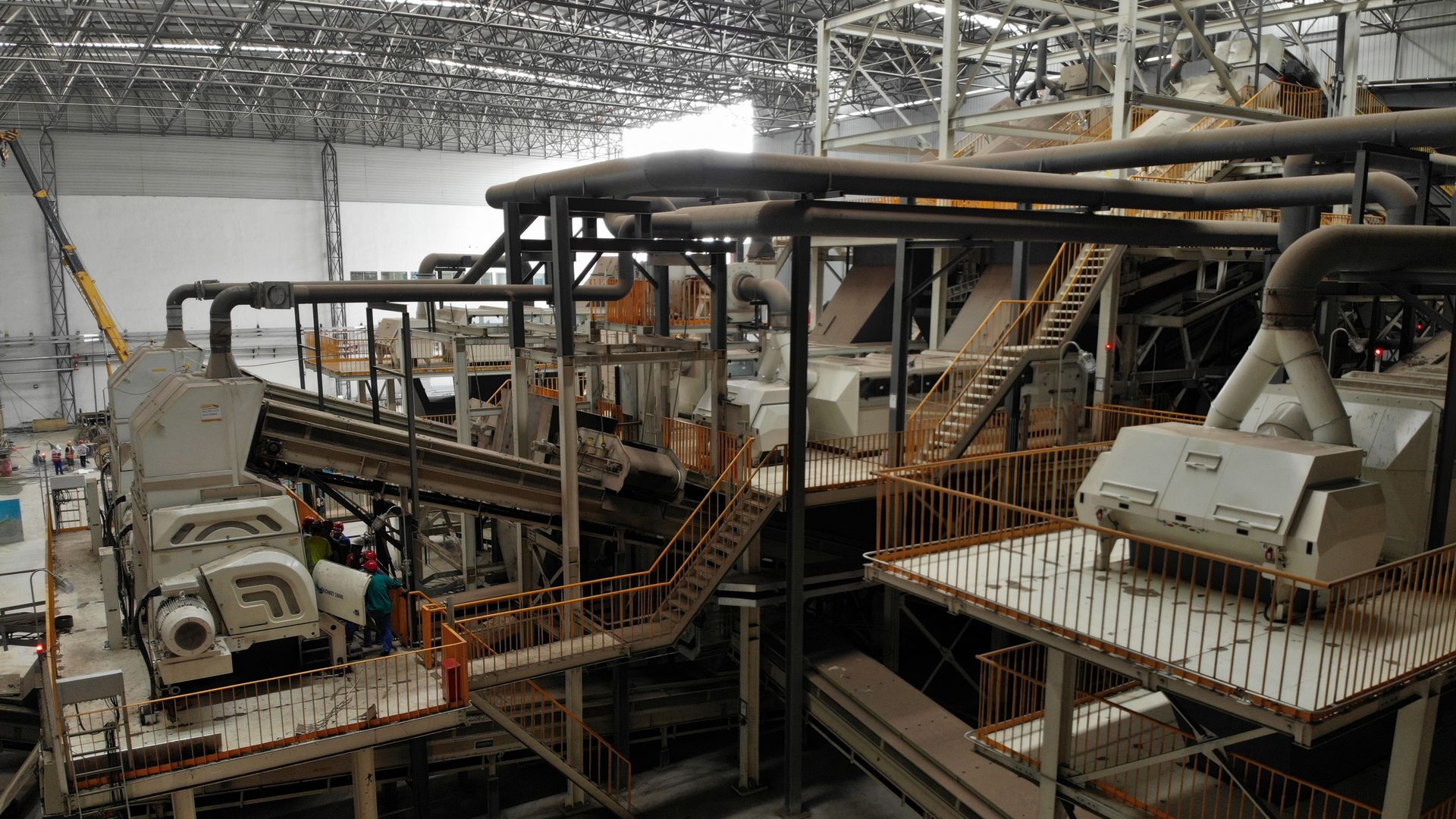
Advantages of mechanical-biological treatment:
- Biological drying reduces the amount of waste, significantly increases the separation efficiency of fuel and recyclable products and improves the quality of the recovered materials.
- Production of high-quality SRF (secondary fuel with increased calorific value) as a substitute for fossil fuels (coal, oil, gas) in industrial co-combustion and in power plants.
- Enrichment of the organic fraction in the secondary fuel to reduce CO2 emissions during thermal utilization.
- Reduction of the organic content in the remaining materials to be landfilled to reduce greenhouse gas emissions.
